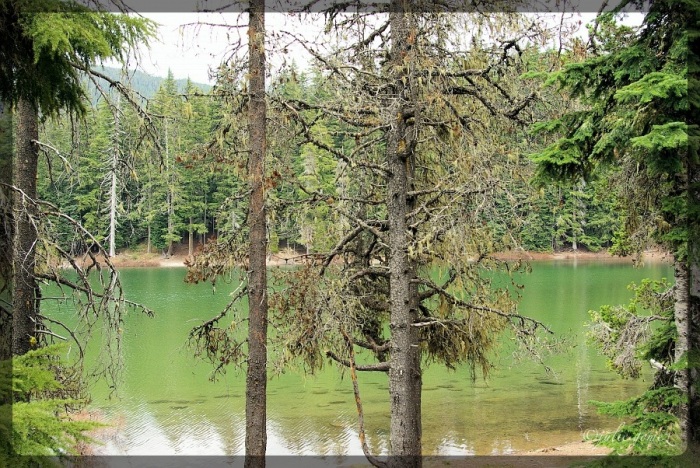
If the bee disappeared off the face of the earth, man would only have four years left to live.
—Albert Einstein (1879-1955)
🌿 🌿 🌿
Along the shore of a mountain lake, at 3,800 feet, I was on my knees and elbows pointing my camera lens through the grasses. The soft, sandy ground was slightly damp, and littered with twigs, needles and cones that smelled of fir and pine. Overhead, a partly cloudy sky that had greeted me earlier in the day had now turned to a solid cloud layer.
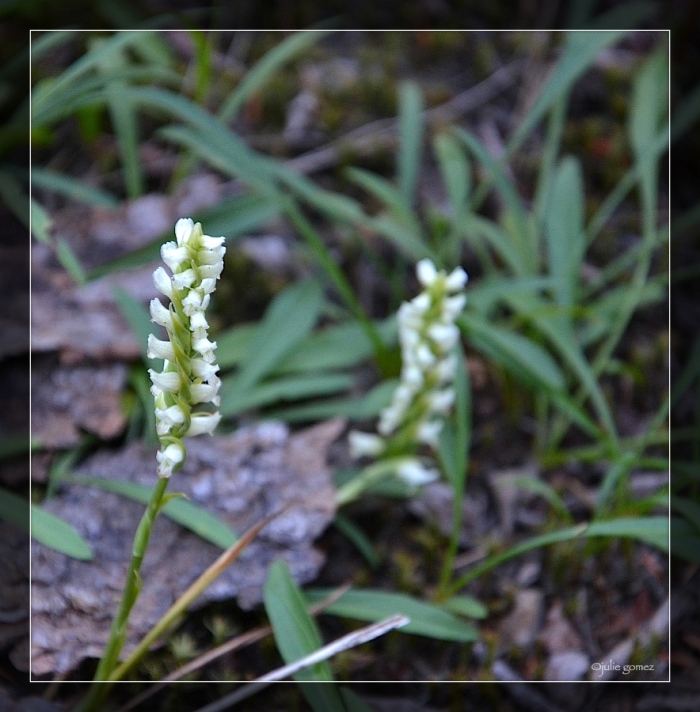
With a breeze coming off the lake that swayed the grasses, I set my camera to manual focus, and aimed the lens at one of two separate species of wildflowers, the first a tiny orchid. The orchid was hooded ladies’ tresses, Spiranthes romanzoffiana—an uncommon, native, perennial herb that sends up a single, slender, upright stem from fleshy tubers. Its stem measured eight inches tall, but can grow as tall as twenty-four inches. At the base of the stem were three, clasping, lance-shaped leaves four-inches long. (The lower leaves can number as many as six, and measure five inches long.) Along the upper stem, the leaves were much smaller and bract-like.
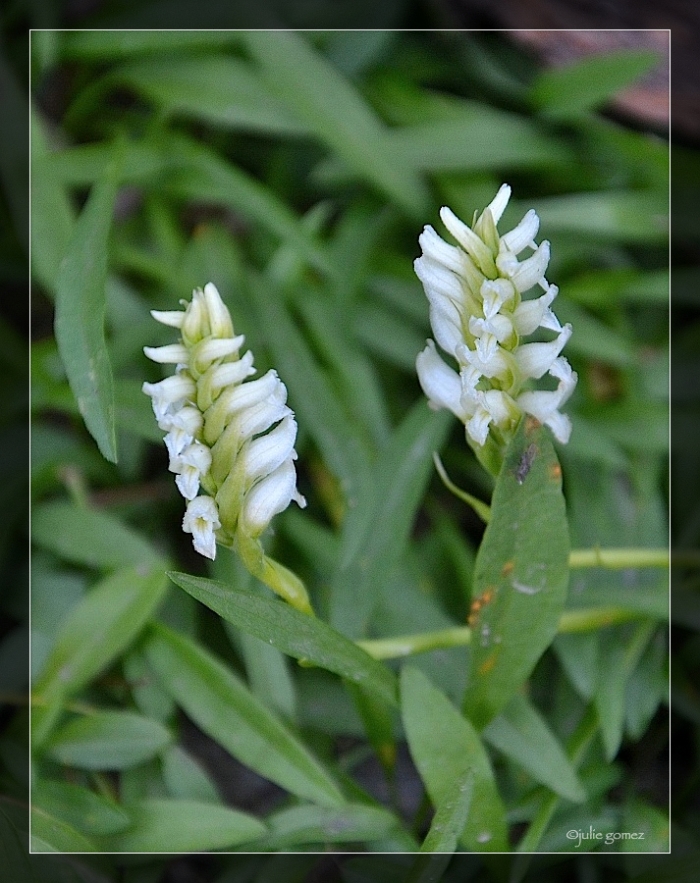
Each orchid flower had three, creamy-white petals; the upper petals fused together and fashioned a tiny hood. Flowers formed a three-inch long flower spike with three distinctive rows that spiraled the upper stem making it look braid-like. (Flower spikes can be six inches tall.) At ground level, the flowers delicate scent hinted of vanilla. Later, the fruit would develop—a three-chambered capsule with numerous seeds.
Native Americans regarded hooded ladies’ tresses as a medicine plant to treat venereal disease and urinary tract disorders. Tubers were also used, and put into an infant’s bathwater to promote good health.
Hooded ladies’ tresses inhabit wet meadows, bogs, lake edges, and open woods. Although found throughout much of North America, in many places, it is listed as threatened or endangered.
🌿 🌿 🌿
Moving through the grasses, I came upon a second wildflower; this one having deep blue-lavender petals. It was king’s scepter gentian, Gentiana sceptrum, also called Pacific gentian or staff gentian. Like ladies’ tresses, its uncommon status made its discovery all the more exciting. Imagine finding two rare wildflowers in one place. What were the odds?
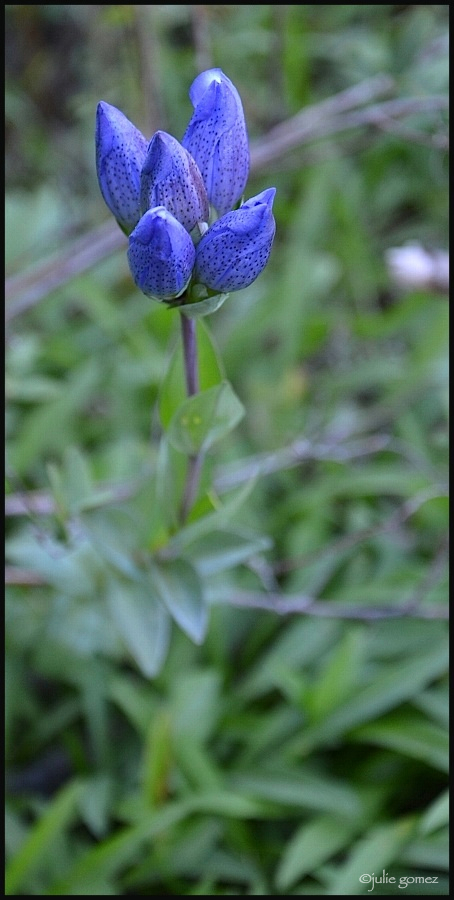
King’s scepter gentian is a native, late summer, perennial herb with a thick, fleshy rhizome that sends up one or more vertical, or sometimes horizontal, leafy stems one to two feet tall. Those I found had single, vertical stems that stood about a foot tall. Lance-shaped leaves clasp the stem, and grow in opposite pairs. Lower leaves are reduced to sheathed bracts, while the upper leaves are longer.
Most striking were the two inch-long, tube-shaped, bluish-lavender flowers; depending on the light, depended on whether or not they appeared more blue or lavender. Each flower bore five petals that were heavily speckled as if they’d been sprinkled with green pepper. More curious though, were the flowers that appeared closed even when open. While the flowers of king’s scepter gentian can bloom solitary, those I found were blooming in clusters. A large green bract and five sepals cradled each flower. (Sometimes, when multiple flowers occur, the lower flowers are without bracts.) The fruit is a single chambered capsule with numerous, spindle-shaped seeds.
King’s scepter gentian occurs along the west coast of North America, where it inhabits wet meadows, bogs, lake edges, streambanks, and coastal dune flats.
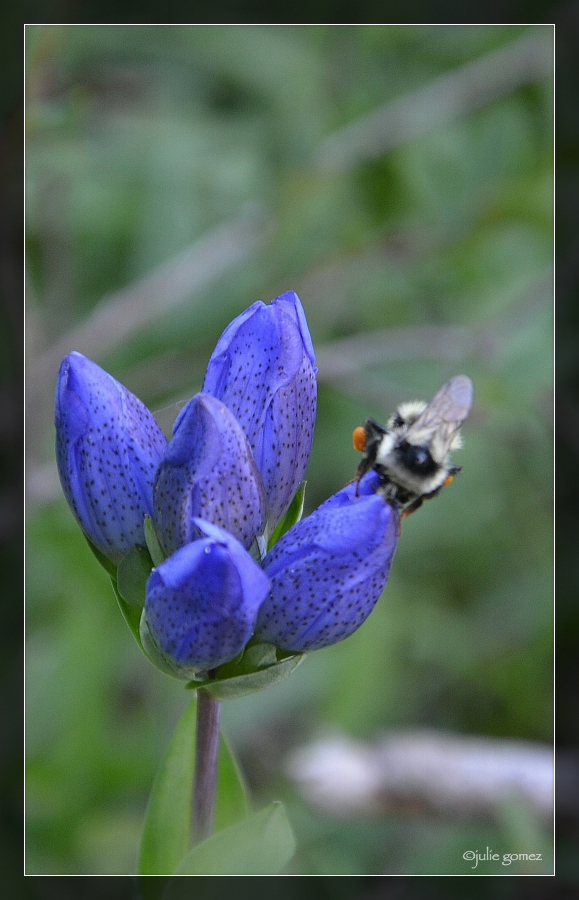
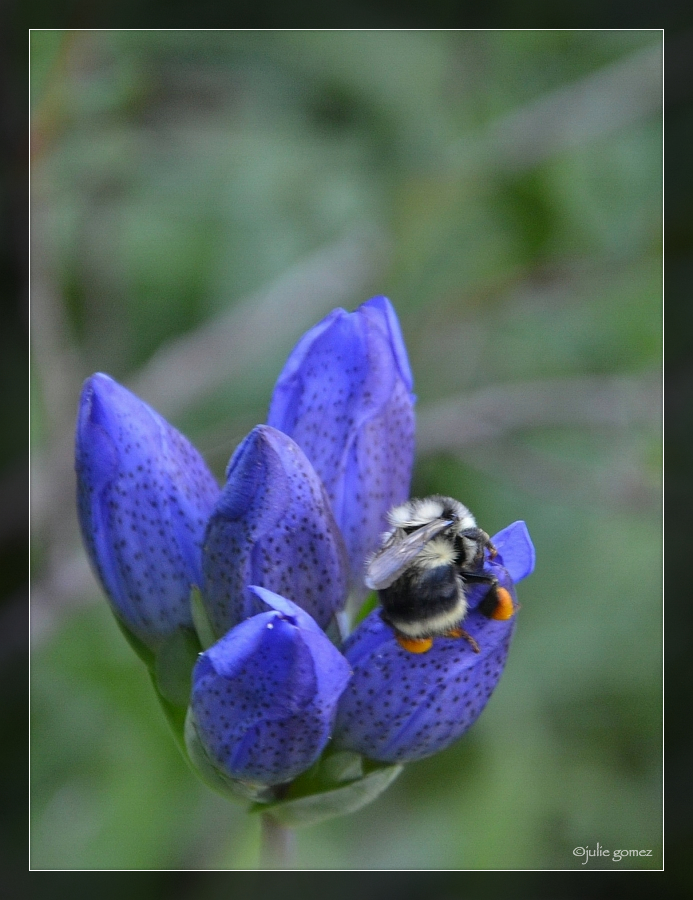
I was about to call it a day when, a bumblebee landed on one of the king’s reluctant to open flowerheads. It was a small black bumble with pale yellow bands, and orange pollen baskets. It was also the only bee in sight. With daylight fading, I watched as the little bumble worked the flowerhead with great gusto. Then, with its bee-hind aimed skyward, the little bumble wriggled between the petals, and entered the flower where it was able to reach the nectar stores.
🌿 🌿 🌿
Several months had passed when I heard of a rare western bumblebee (Bombus occidentalis) found on Mount Hood. I recalled my encounter of the two wildflowers and the bumblebee I’d seen on the king’s scepter gentian at the edge of the lake. Was it possible? Was the bee I’d seen a western bumblebee?
I gathered my photos, and sent them to the experts at The Xerces Society for Invertebrate Conservation for identification. The next morning, there was a letter in my inbox from Conservation Biologist, Rich Hatfield. He was most generous, and explained that the bee I’d seen was not a western bumblebee (Bombus occidentalis) but the common two-form bumblebee (Bombus bifarius).
Here are the differences: The western bumblebee (Bombus occidentalis) has a black face, a yellow band across its frontal thorax, and a bright white band across its lower abdomen, while the common two-form bumblebee (Bombus bifarius) has a black and yellow face, a black and yellow thorax, a black and yellow abdomen, and a black rump.
So while it wasn’t the bee I’d hoped for, it was still a successful day with two rare wildflowers. As for the western bumblebee, I will just have to keep looking.
🐝ID Chart: Bumblebees found in North America
🐝(pdf.) Guide: Bumblebees of the Western United States (Note: Two-form Bumblebee is on page 78)
____________________
Thank you for visiting Nature Chronicles!
Copyright 2013. All right reserved.
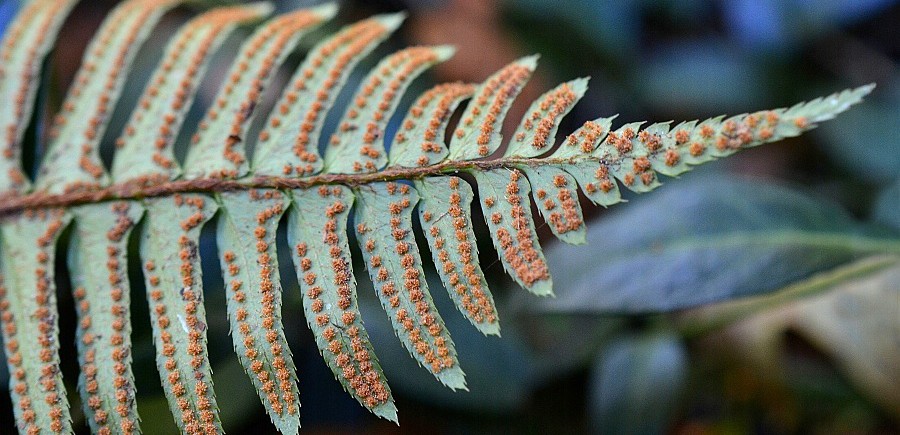
Julie, these are lovely photos and informative post. Was particularly interested in your bumble bee sighting and follow up from Xerces Society. Have you considered joining their Bumble Bee Watch citizen scientist project?
~Jane
Hi Jane, Thank you! Actually I haven’t, but it is a wonderful site.